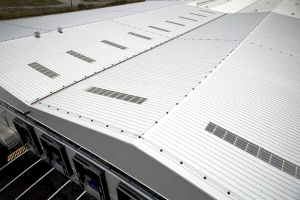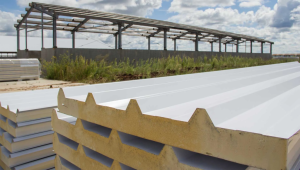PIR boards versus other insulation materials
In this blog post, it is useful to compare different insulation materials in detail, with an emphasis on PIR (polyisocyanurate) panels. Here is how you can expand on this topic:
Introduction
- A brief introduction to the importance of insulation in construction.
- Overview of available insulation materials: PIR boards, polystyrene (EPS), mineral wool, PUR (polyurethane) boards.
Thermal and mechanical properties of PIR board
- Explanation of what PIR panels are and how they are manufactured.
- A detailed discussion of their thermal properties: low thermal conductivity coefficient (lambda), which makes them one of the best insulation materials.
- Mechanical properties: compressive strength and dimensional stability.
- Moisture, mould and rot resistance.

Comparison of PIR board with other insulation materials
- Polystyrene (EPS):
- Thermal properties: higher thermal conductivity coefficient than PIR.
- Applications: external walls, roofs, floors.
- Advantages: low cost, easy to install.
- Disadvantages: lower mechanical strength, lower fire resistance.
- Mineral wool:
- Thermal properties: similar to polystyrene.
- Applications: acoustic insulation, partition walls, ceilings.
- Advantages: excellent sound insulation, non-combustible.
- Disadvantages: susceptibility to water absorption, need for additional protective layers.
- PUR panels:
- Thermal properties: similar to PIR panels, but slightly higher thermal conductivity coefficient.
- Applications: similar to PIR, but more in industrial buildings.
- Advantages: excellent insulating properties.
- Disadvantages: higher cost compared to EPS and mineral wool.
Examples of applications and energy efficiency
- Examples of buildings where PIR panels have been used: single-family houses, commercial buildings, industrial halls.
- Analysis of energy savings from PIR panels: lower heating and cooling costs, reduced CO2 emissions.

Cost-benefit analysis
- Comparison of purchase and installation costs of different insulation materials.
- Long-term energy savings and return on investment when choosing PIR panels.
- Example cost calculations for a typical single-family house.
Summary
- A summary of the main advantages and disadvantages of each material.
- Recommendations for different types of construction projects.
- Encouragement to contact experts to select the best insulation solution.
Developing this idea will help readers to make an informed choice of insulation materials, taking into account both technical and economic aspects.










